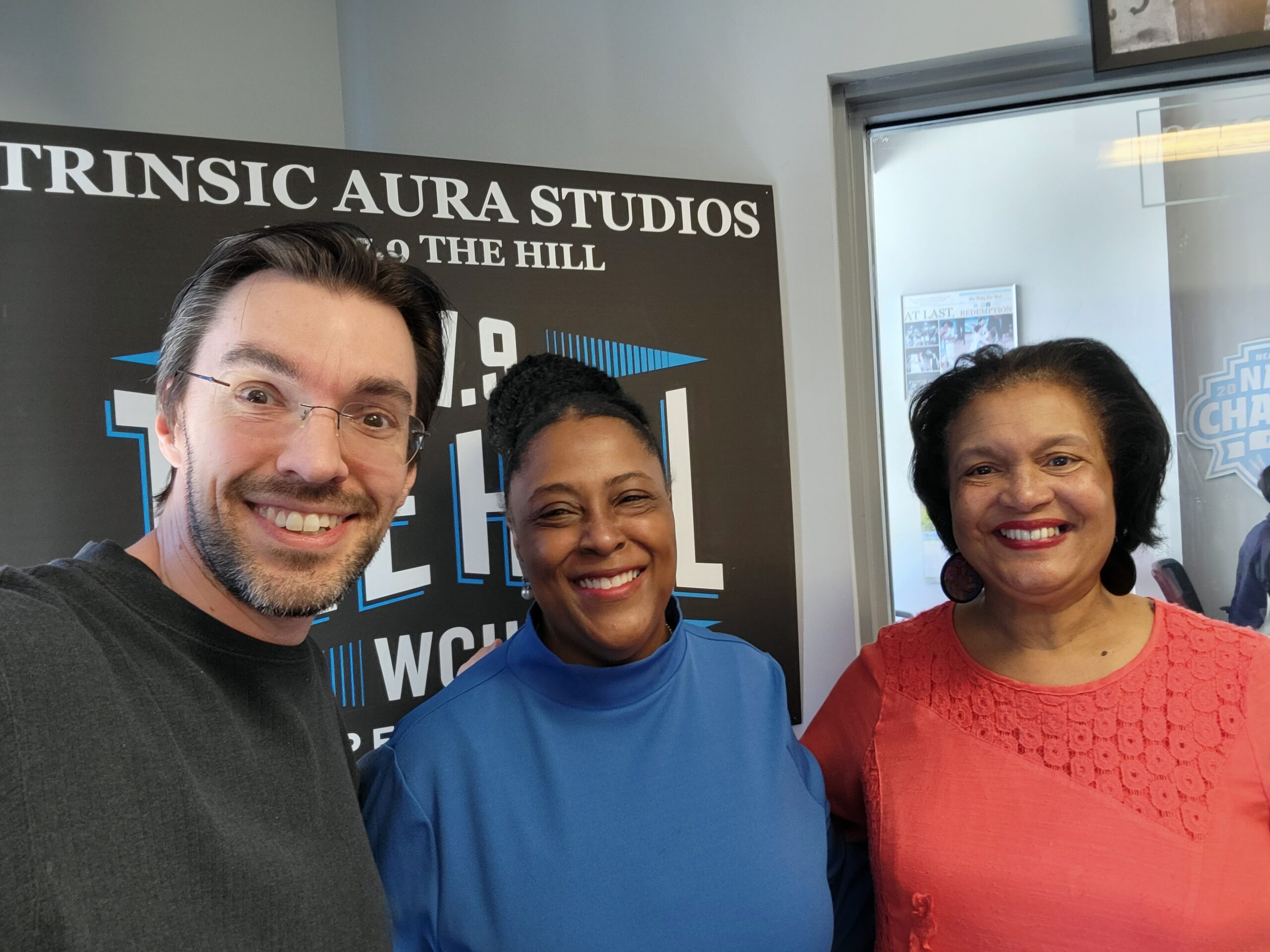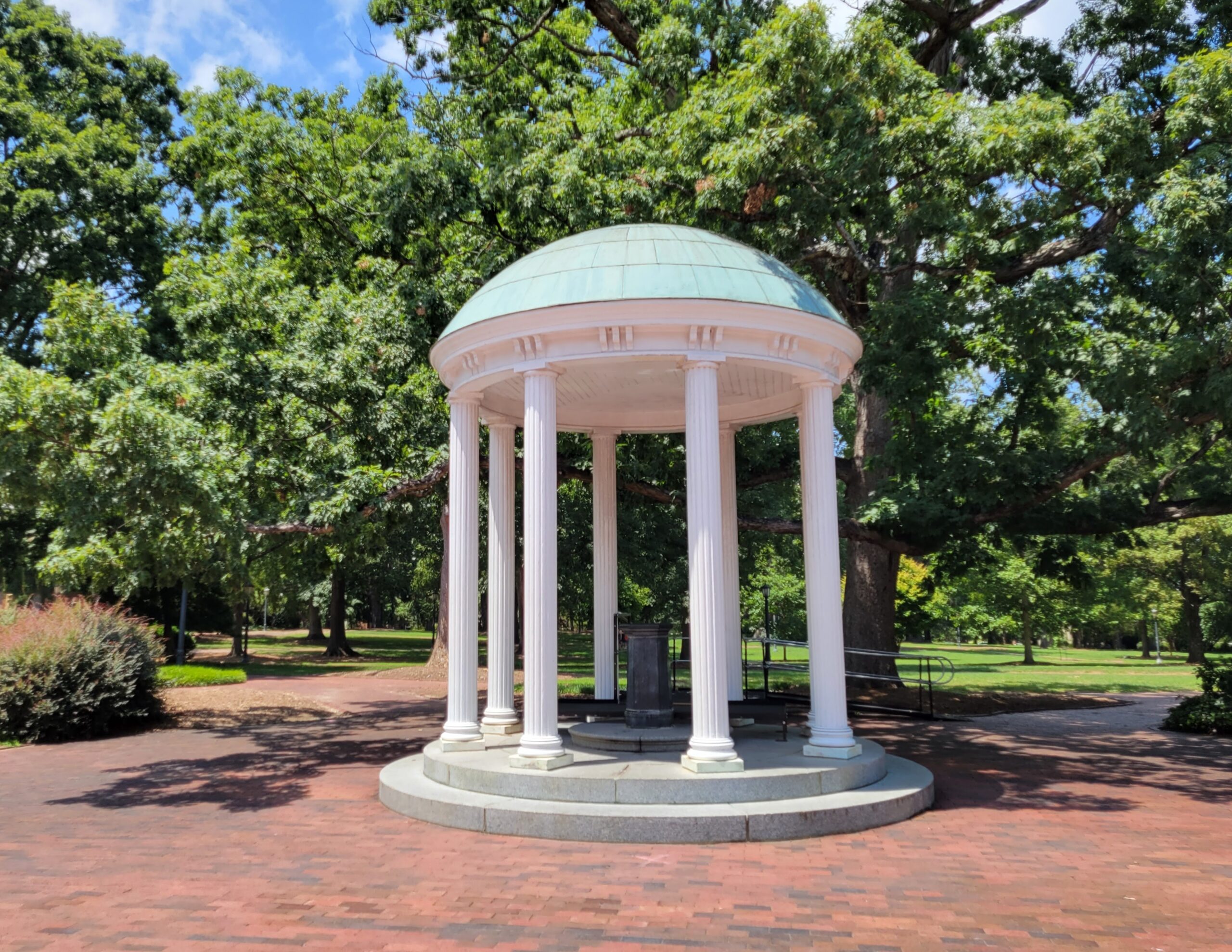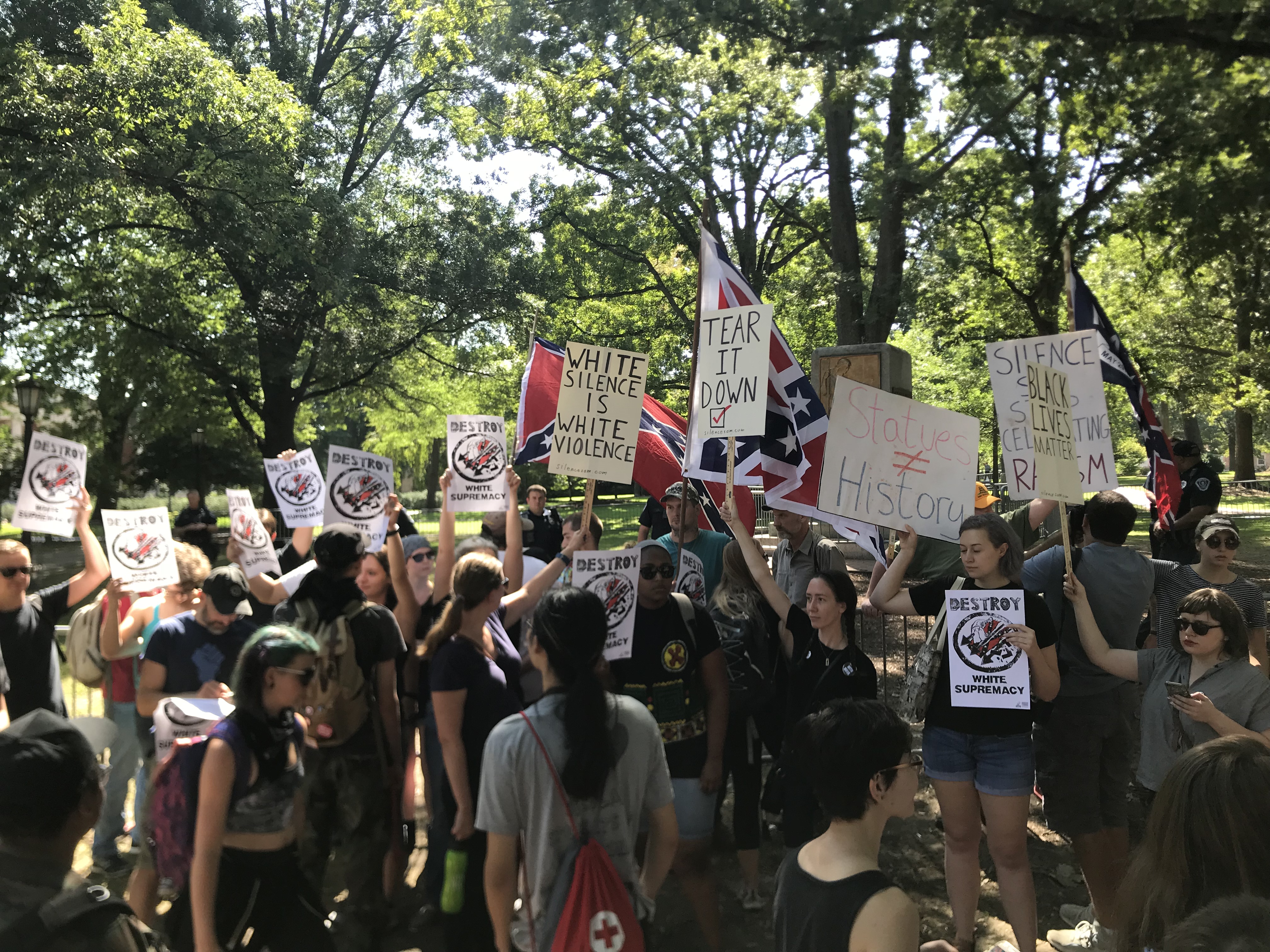As Confederate flags quickly disappear from public spaces and stores in the wake of the Charleston murders, the debate over Confederate symbols has turned to monuments. One UNC historian says there’s no doubt a monument on UNC’s campus represents the old, ugly attitude of white supremacy.
Fitzhugh Brundage is a William B. Umstead professor of history at UNC-Chapel Hill.
“I think it’s possible to distinguish between different types of monuments,” Brundage told WCHL recently. “A monument like Silent Sam, for example, was intended to speak to the contemporary generation of young North Carolina men who were attending the University of North Carolina.
“And when Julian Carr gave the dedication speech in 1913, he very explicitly – very unambiguously – linked that monument to the defense of white supremacy.”
READ MORE: Hillsborough votes to leave Hillsborough Confederate Memorial in Place.
That speech was quoted in part by University Affairs Committee Chair Alston Gardner, at a March 25 meeting at UNC’s Rizzo Conference Center to discuss renaming Saunders Hall, whose namesake, William L. Saunders, was a Confederate colonel and Ku Klux Klan leader before serving as North Carolina’s secretary of state.
Industrialist Julian Shakespeare Carr was a former Confederate soldier and major benefactor in the founding of Duke University. The Town of Carrboro was named in his honor. Gardner quoted perhaps the most-repeated line of Carr’s speech for the unveiling of the “Silent Sam” Confederate soldier statue 102 years ago at McCorkle Place, facing Franklin Street.
“He ended his speech with a personal anecdote citing his pride at having ‘horsewhipped a negro wench until her skirts hung in shreds’ nearby the monument,” Gardner said.
Brundage, who advises the website Commemorative Landscapes of North Carolina, says there are more than 100 monuments to the Confederacy throughout North Carolina. Most were erected between 1895 and 1935. The group most responsible for that was The United Daughters of the Confederacy, founded in 1894.
Many Confederate memorials erected prior to 1890 were placed in cemeteries.
“That’s where context is very important,” said Brundage. “There are Confederate memorials in cemeteries that I have to assume most people would accept as expressions of grief and respect for the dead.”
READ MORE: Chansky’s Notebook: Flaunting the Flag.
Public memorials such as Silent Sam, he said, were mostly created with a very different intent. Those, he said, were intended to be didactic – not just about loss and grief, but about the redemption of the Confederate cause.
“After about 1895, more and more of the monuments were erected in public spaces, in front of courthouses, conspicuous thoroughfares, et cetera,” said Brundage. “And those monuments had a much broader goal, which was to impose, if you will, a Confederate version of the past on the public, as a whole.”
In May, the UNC Board of Trustees voted to rename Saunders Hall as Carolina Hall, and imposed a 16-year freeze on renaming historical buildings, monuments, memorials, and landscapes to allow for education and curation to take effect.
WCHL contacted UNC Director of Media Relations Jim Gregory by email Wednesday for a statement about Silent Sam, in light of recent events. The statue has inspired many debates over the years.
Gregory replied that he was not aware of any discussions going on right now about Silent Sam.
Related Stories
‹

With 'Universities Studying Slavery' Conference, UNC Tackles Its Own Troubled HistoryUNC's "Universities Studying Slavery" conference will focus on how colleges can wrestle with their own troubling racial history.

Social Media Tracking Tool, Used By UNC, Raises Speech and Privacy ConcernsConcerns about free speech and privacy rights have been raised around a social media program that UNC has used to monitor protests.

Collection of UNC Faculty Call for Chancellor Guskiewicz's Resignation Over Silent Sam SettlementUPDATE: This story has been updated with statements from UNC, which were issued to the campus community and sent to Chapelboro. A group of UNC faculty is calling for UNC Chancellor Kevin Guskiewicz’s resignation as more details emerge regarding the university’s involvement in the 2019 settlement over a Confederate monument previously on the Chapel Hill […]
![]()
Report: Charges Dismissed for 2 Accused of Helping Take Down Silent SamTwo of the remaining people facing charges in the toppling of the Confederate statue known as Silent Sam saw their charges dismissed by the court system this week. According to a report from The News & Observer on Wednesday, the charges for Raul Arce Jimenez and Shawn Birchfield-Finn were dropped due to the local court system working to […]

In a Tumultuous Period, Guskiewicz To Be Installed as UNC ChancellorKevin Guskiewicz will officially be installed on Sunday as the 12th chancellor of UNC, a formal ceremony to establish him in the position amid a tumultuous chapter for the university that’s continued since the resignation of his predecessor. Guskiewicz will be sworn into the chancellorship as part of a two-day celebration of University Day, which […]
![]()
Orange County Judge: SCV Have 45 Days to Return 'Silent Sam' to UNCA judge imposed a 45-day deadline on the Sons of Confederate Veterans to return the Silent Sam statue to the University of North Carolina. Orange County Superior Court Judge Allen Baddour also ruled that the group must return the remaining balance of a $2.5 million trust fund that the university’s board of governors set up […]

Chapel Hill to UNC: Relocate Silent Sam Away from the TownChapel Hill Mayor Pam Hemminger and members of the Town Council sent a letter to UNC following the voided lawsuit between the university and a pro-Confederate group. Last week, Judge Allen Baddour ruled that the Sons of Confederate Veterans lacked evidence to prove the group had legal standing to bring action against the UNC System and dismissed […]
![]()
Confederate Group Lawsuit, Silent Sam Settlement Dismissed in CourtAn Orange County judge has dismissed the lawsuit filed by the Sons of Confederate Veterans against the UNC System, voiding the $2.5 million payment to the pro-Confederate group and the transfer of property of the Silent Sam monument. After hearing arguments from both original parties, as well as two groups who filed amicus briefs arguing […]
![]()
Group of UNC Alumni Say Pro-Confederate Group Had No Standing in Silent Sam LawsuitA group of UNC alumni and donors filed court documents into the lawsuit between the UNC System and a pro-Confederate group on Wednesday, arguing there was no standing for the lawsuit that led to a $2.5 million settlement. 88 alumni of the university, including 14 members of the UNC Black Pioneers, entered a brief to […]
![]()
UNC Students File Appeal in Case Over Silent Sam SettlementThe Lawyers’ Committee for Civil Rights Under Law filed an appeal on behalf of a group of UNC students and a faculty member to intervene in the settlement between the UNC System and a pro-Confederate group. The organization filed on Tuesday in regards to the denial of its motion to intervene in the deal that […]
›







Comments on Chapelboro are moderated according to our Community Guidelines